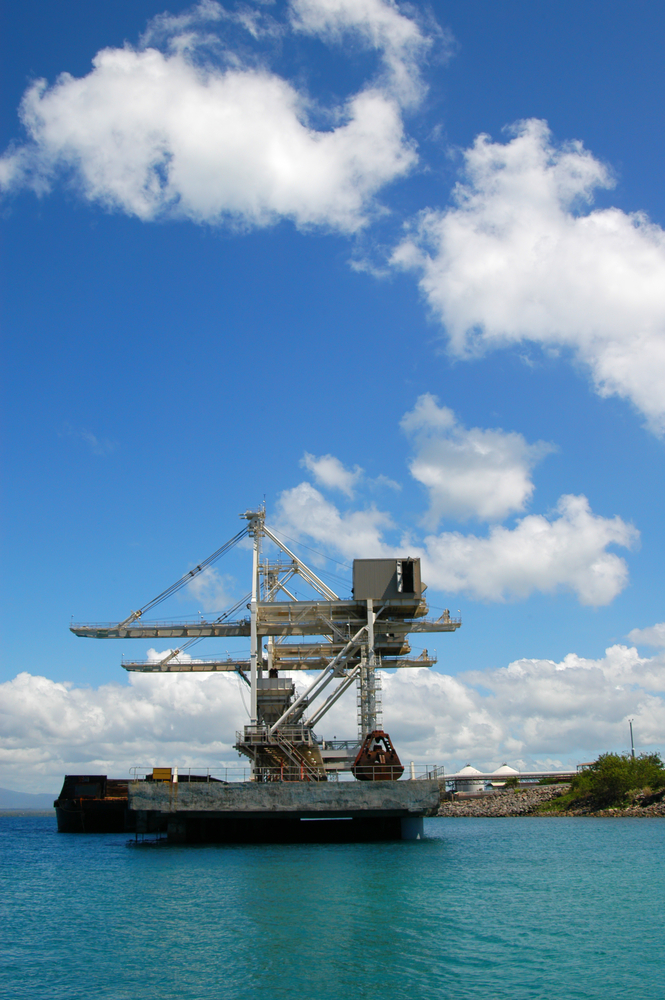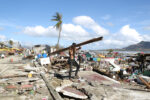It riles energy officials that the Philippines was reported earlier this month as among countries with coal dependency greater than that of China and Indonesia and ostensibly among the world’s largest consumers of the resource.
The Department of Energy (DOE) on Wednesday said the country’s power generation mix does not even have the scale exhibited by its supposed colleagues, particularly the share of coal in power generation due to significant differences in demographic, economic and energy profiles.
In the Global Energy Monitor Report published in January, the DOE said China has installed coal power plant capacity of 1,136.7 gigawatts, Indonesia has another 51.6 GW while the Philippines has only 12.1 GW.
“This underscored the vast difference in the scale of energy infrastructures among the three countries. Moreover, the disparity is evident in the gross generation mix of coal power plants,” the DOE said.
“In 2021 alone, China generated 5,417, 848 gigawatt hours from coal, Indonesia generated 189,683 GWh while the Philippines generated only 65,052 GWh. Even with the increase to 69,472 GWh in 2023, the Philippines’ has significantly lower (coal dependence) than China and Indonesia,” the DOE said.
The agency also emphasized that while coal has the largest share in the power generation mix, the Philippines account for a minimal share of global emissions from coal.
Citing the European Commission – Emissions Database for Global Atmospheric Research on greenhouse gas emissions of countries in a 2023 report, China remained the largest greenhouse gas emitter, contributing 29.2 percent of total emissions while Indonesia ranked 7th with 2.3 percent.
Asof the Philippines, the southeast Asian economy accounted for only 0.5 percent of the world’s emissions.
“While the Philippines relies heavily on coal-fired power generation, the absolute amount of generation and corresponding emissions are minimal as compared to those of China and Indonesia. Therefore, the Philippines, cannot be reasonably compared to these larger economies, which have different energy strategies and infrastructures adapted to their specific demographic and economic conditions,” the DOE said.
In a separate development, DOE undersecretary Rowena Guevara said at least 1,300 megawatts worth of coal-fired power plants come online by next year.
Guevara, at a forum in Taguig City Wednesday, clarified the power capacity from four power generation projects were approved before the moratorium on coal was in place in 2020.
Guevara also said the DOE projects the share of renewable energy companies in the power mix to overtake coal by 2028.
Under the 2023 to 2050 Philippine Energy Plan, renewable and indigenous energy as power sources should equal 35 percent of the spower mix by 2030 and 50 percent by 2040.
The total installed capacity at the end of 2023 stood at 28,291 MW, of which 43.9 percent or 12,406 MW were from coal-fired power plants.
The installed renewable energy capacity in the Philippines from solar, wind, hydro, geothermal and biomass aggregate 8,416 MW equivalent to 29.7 percent.







